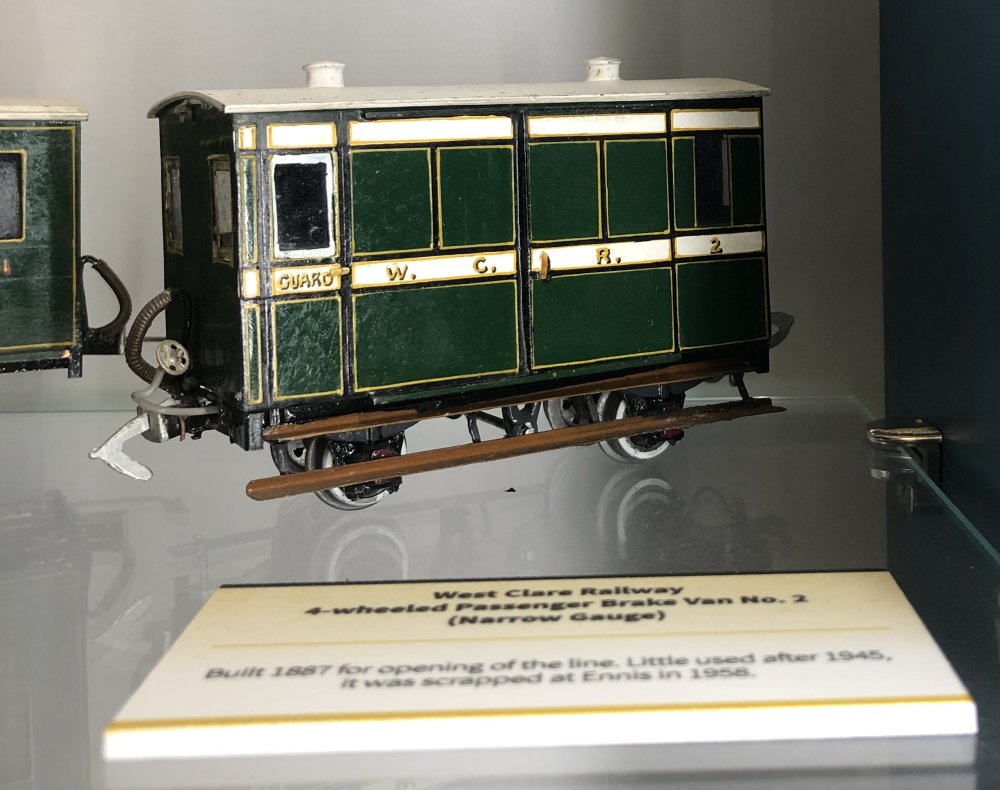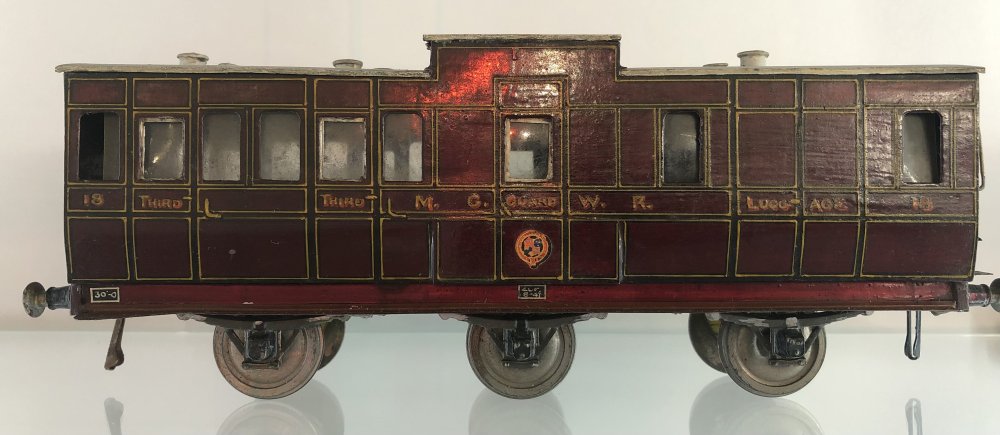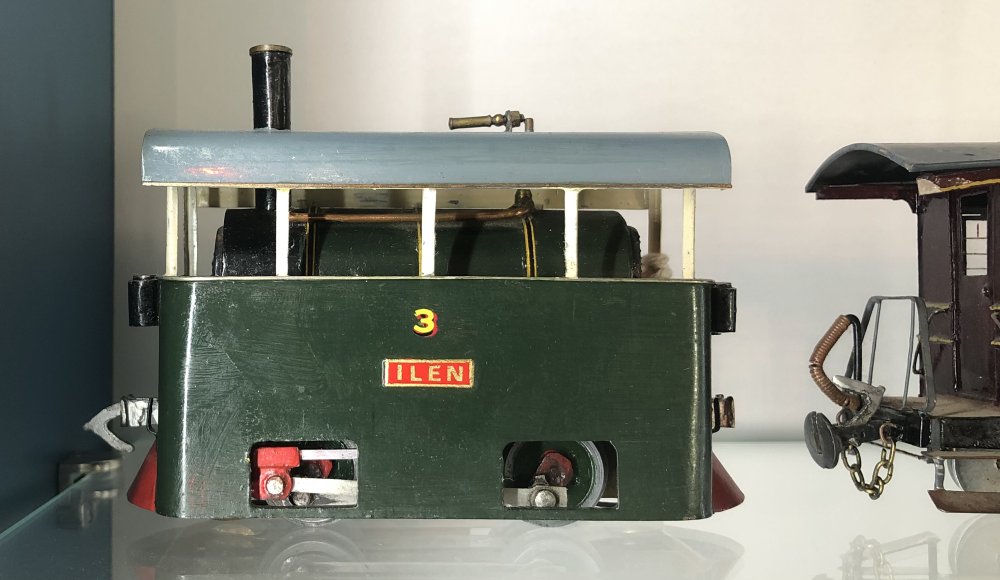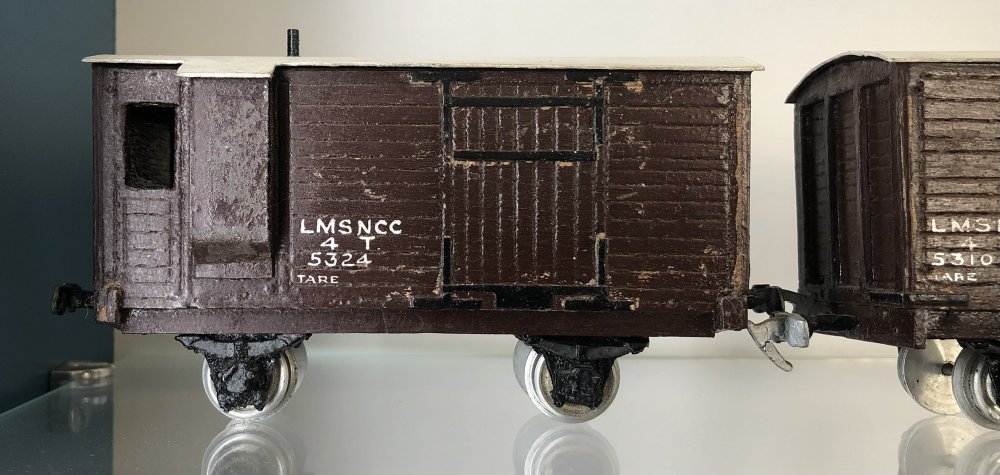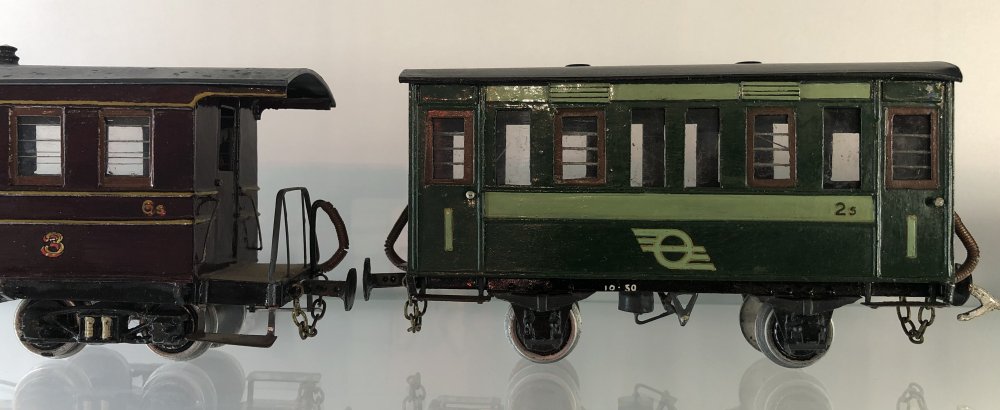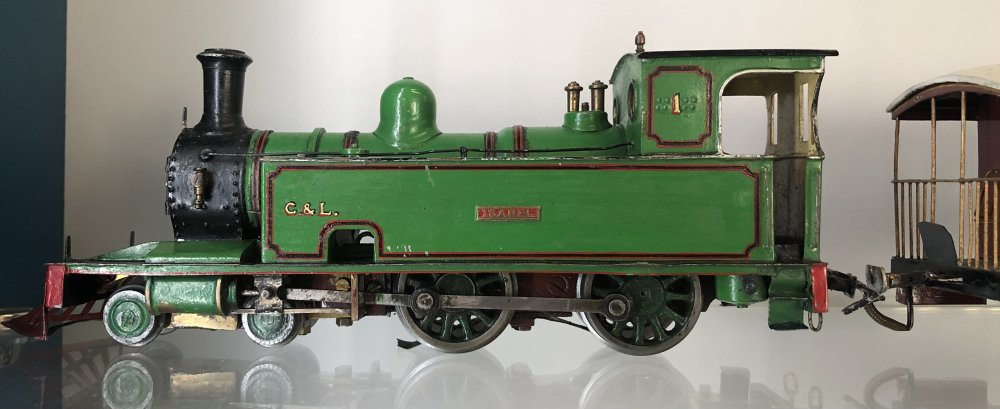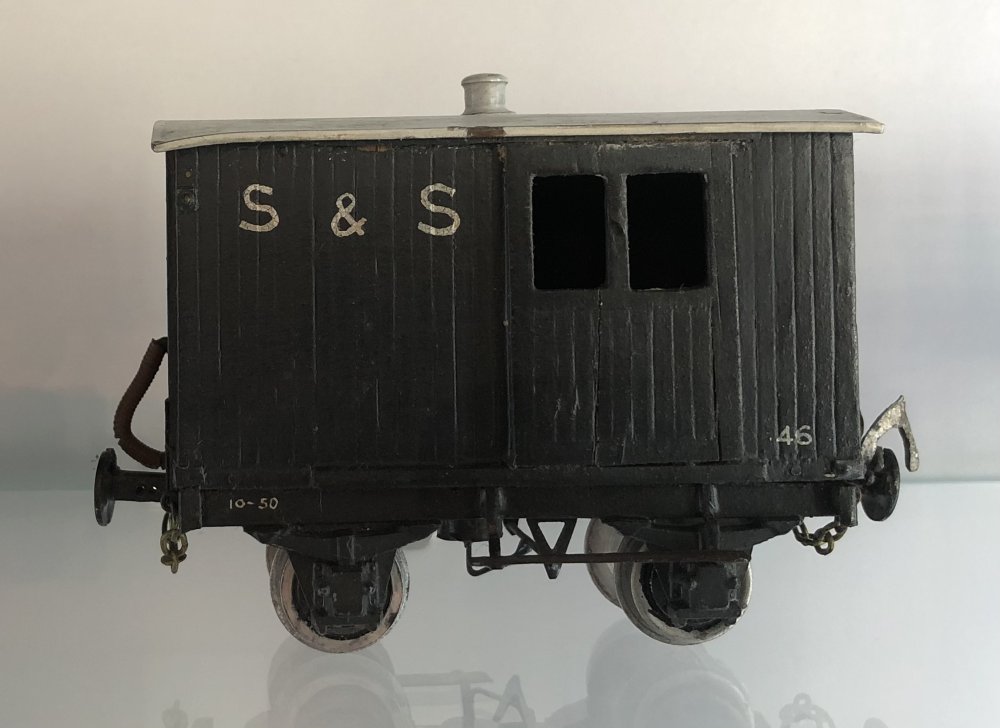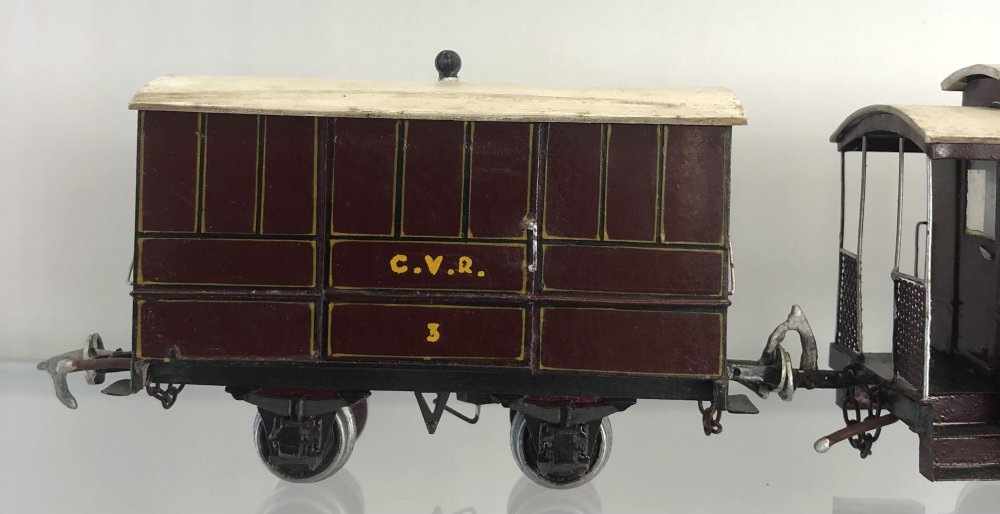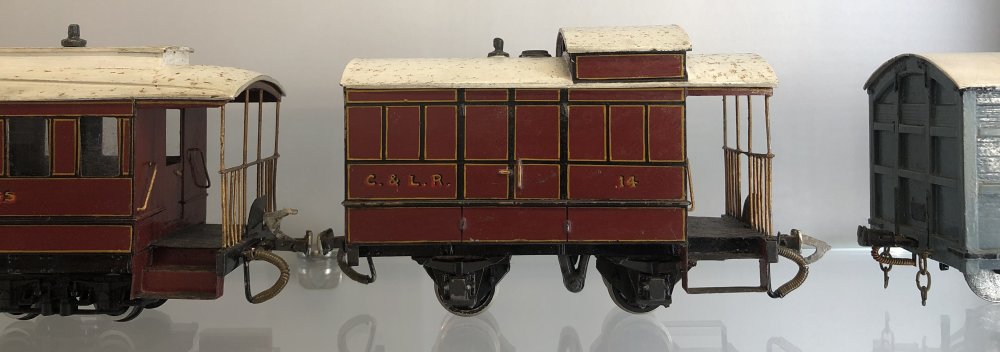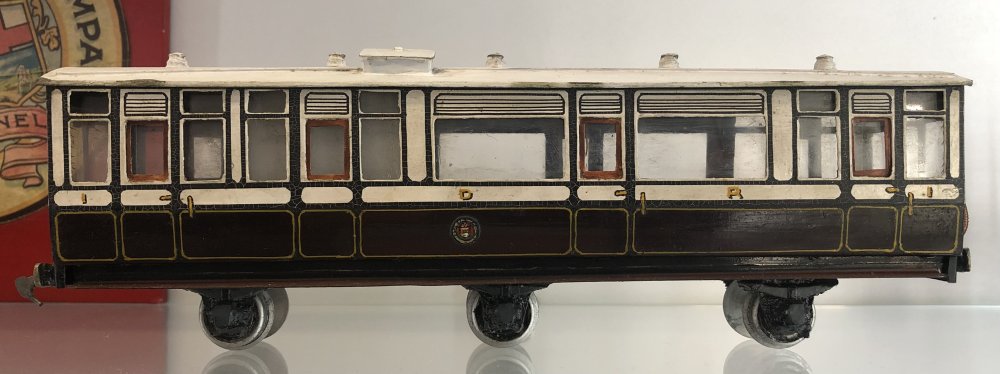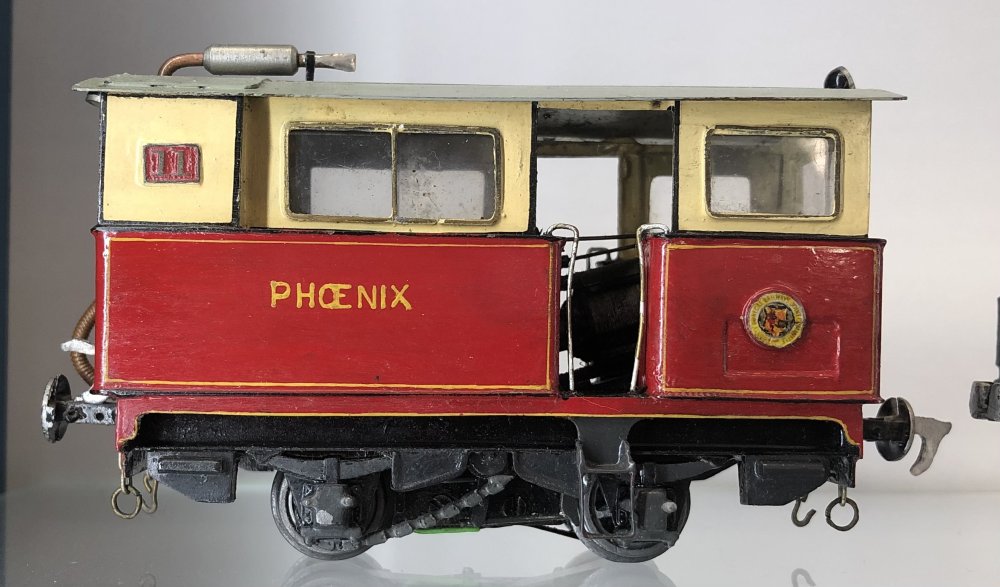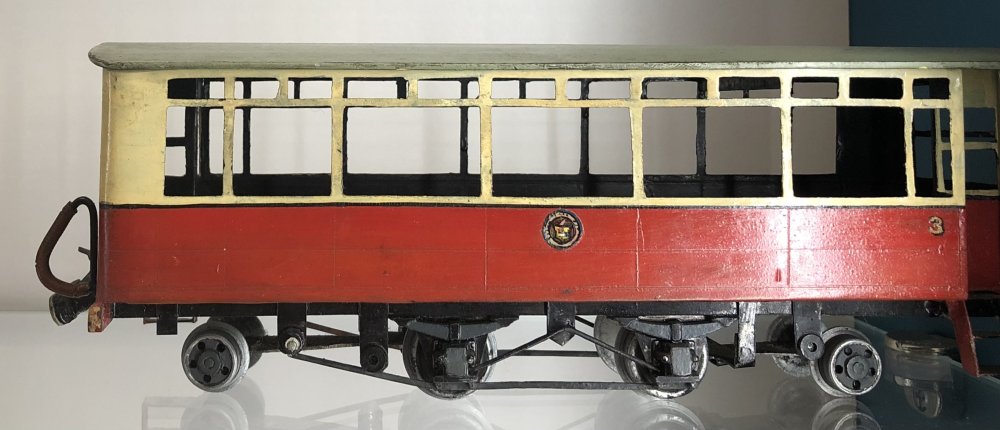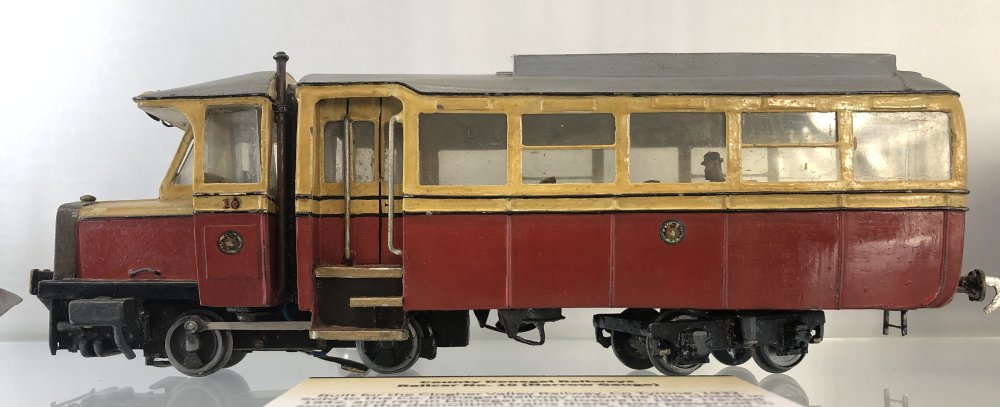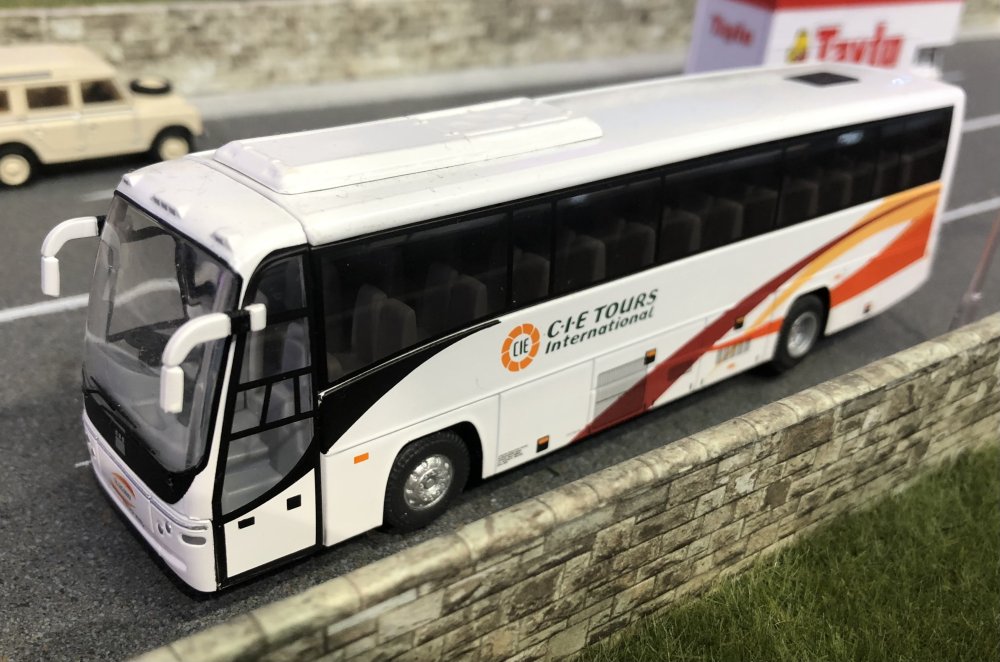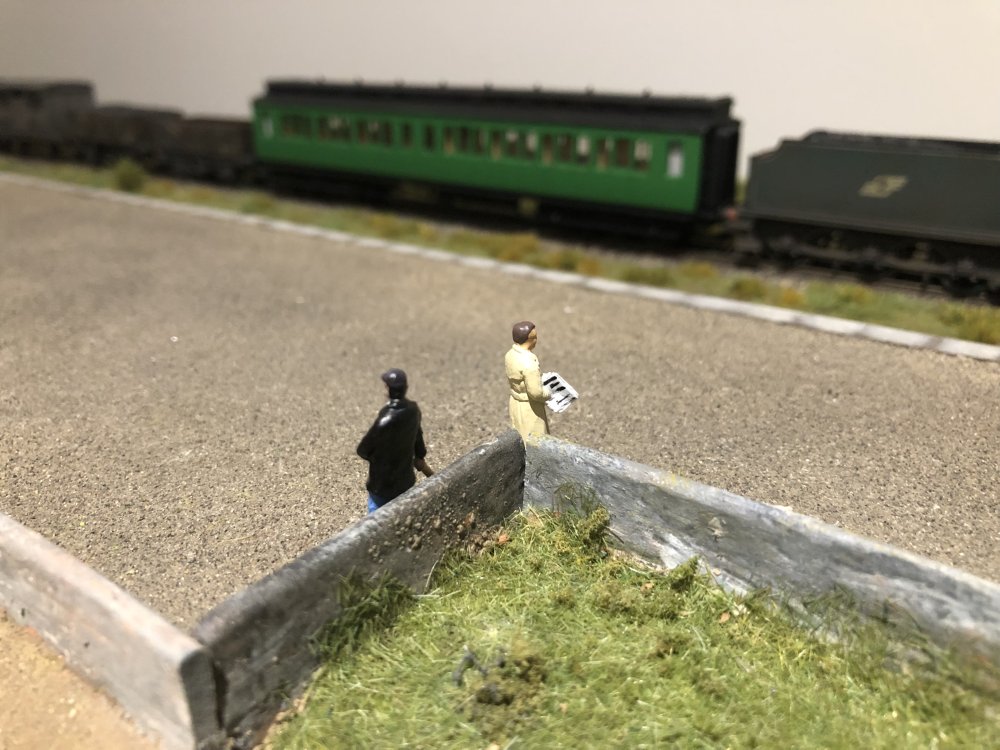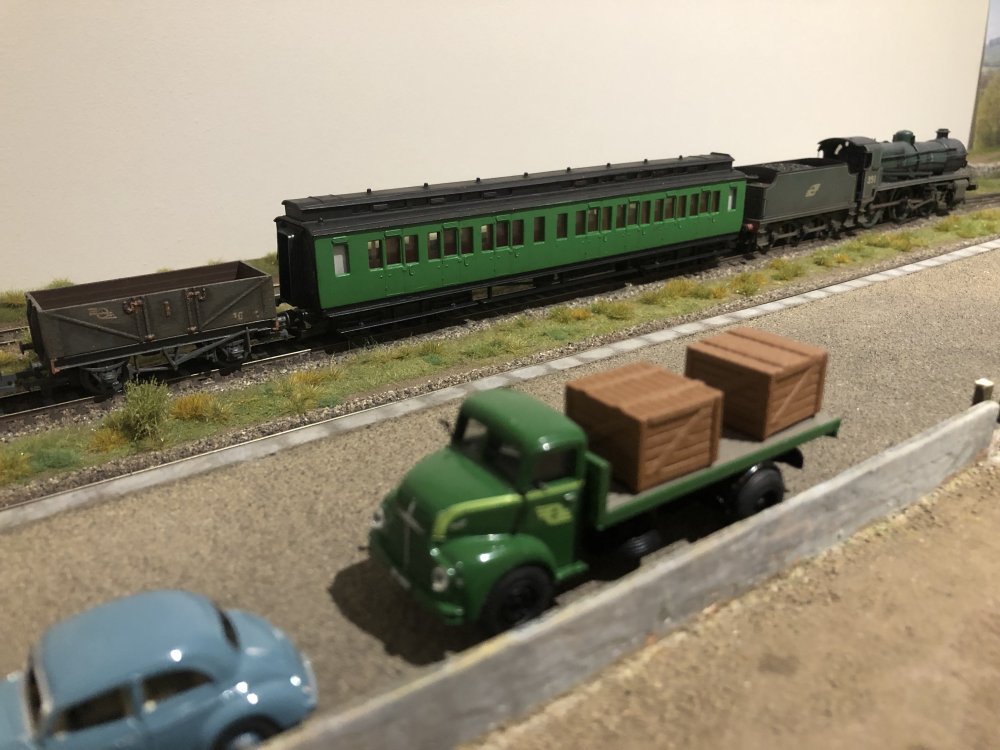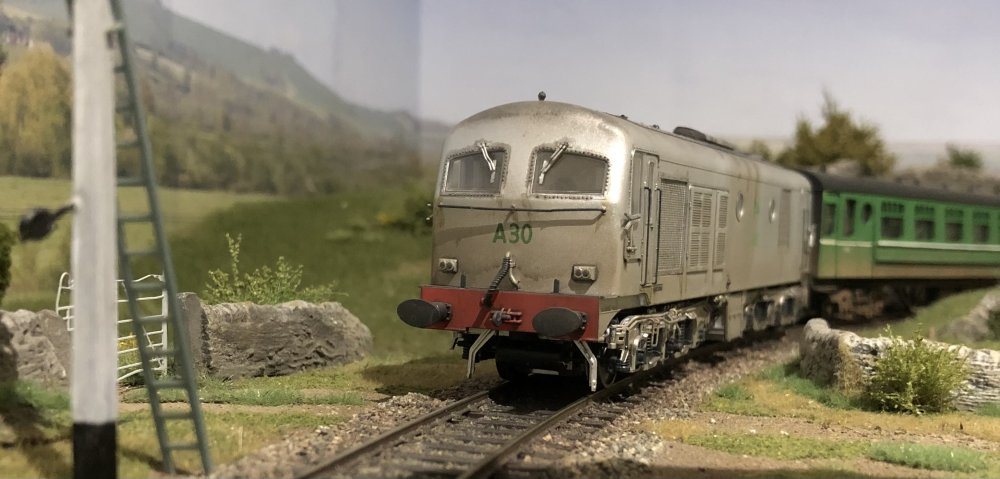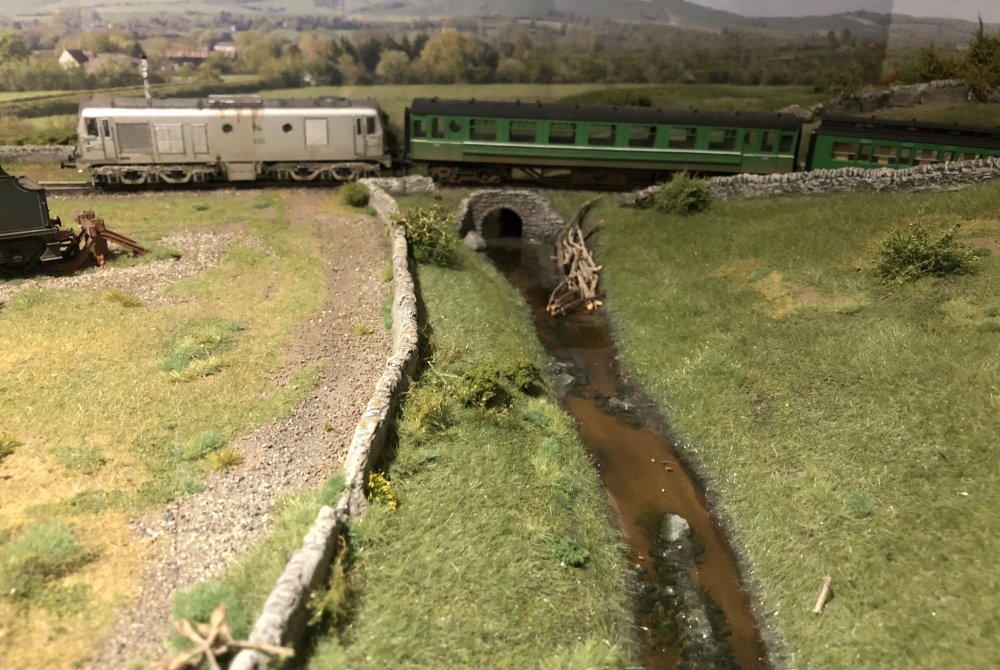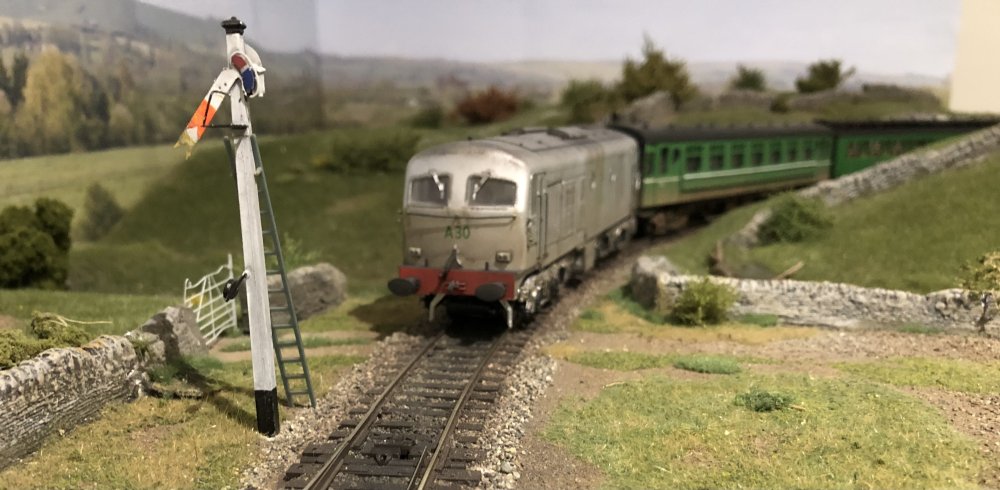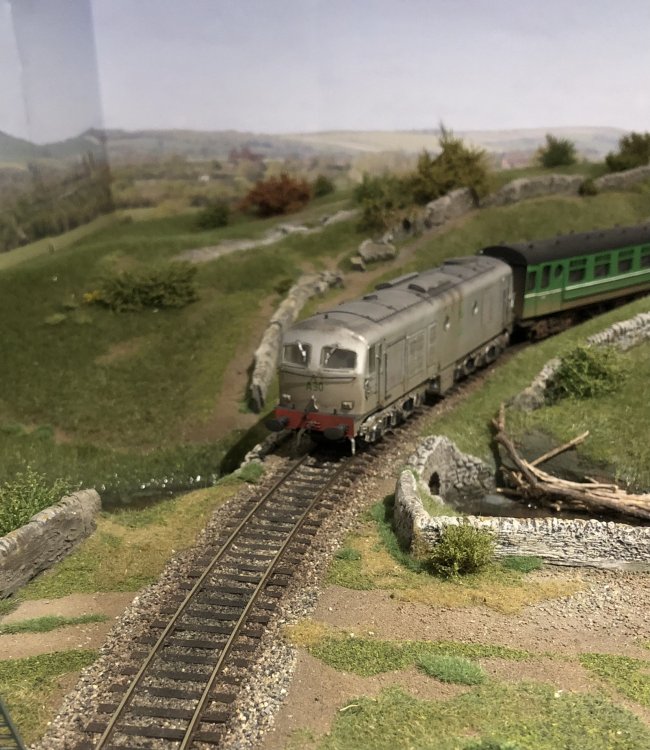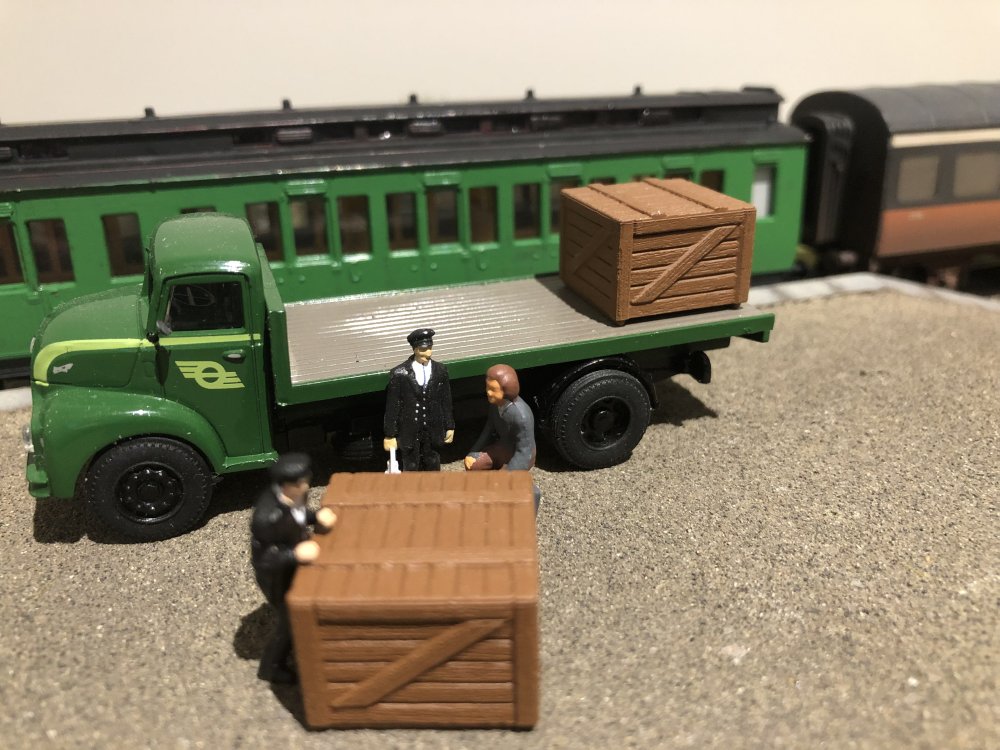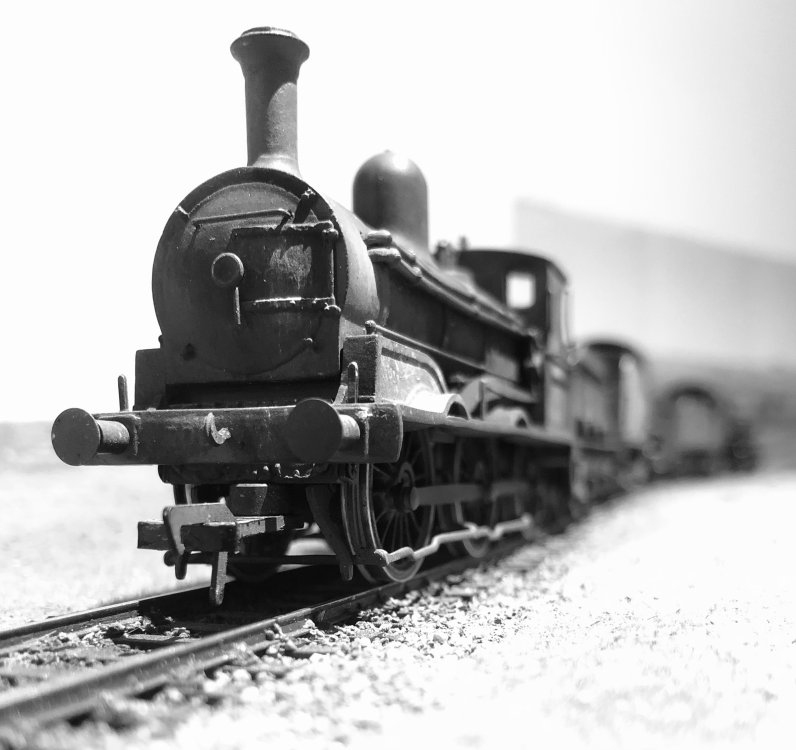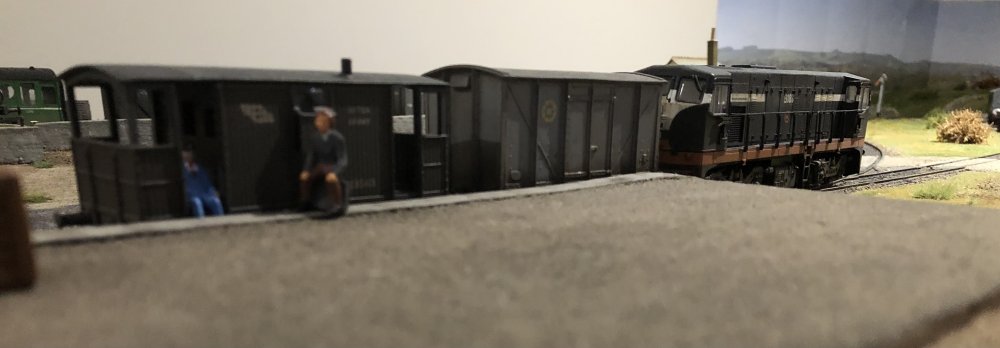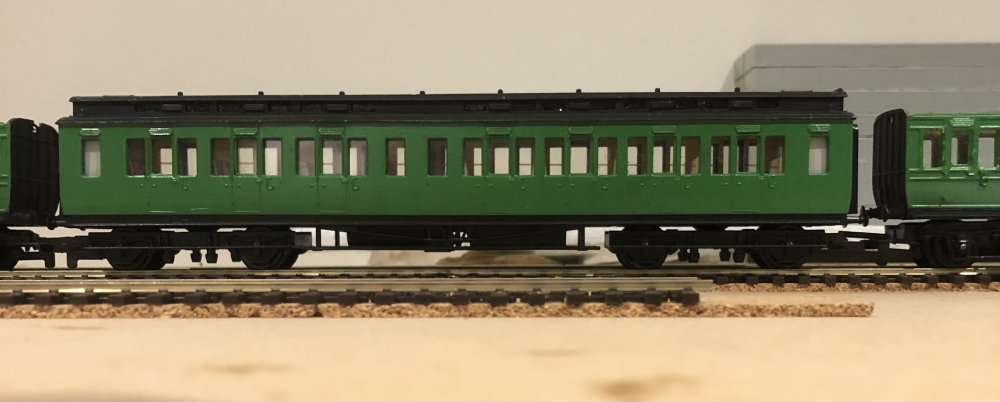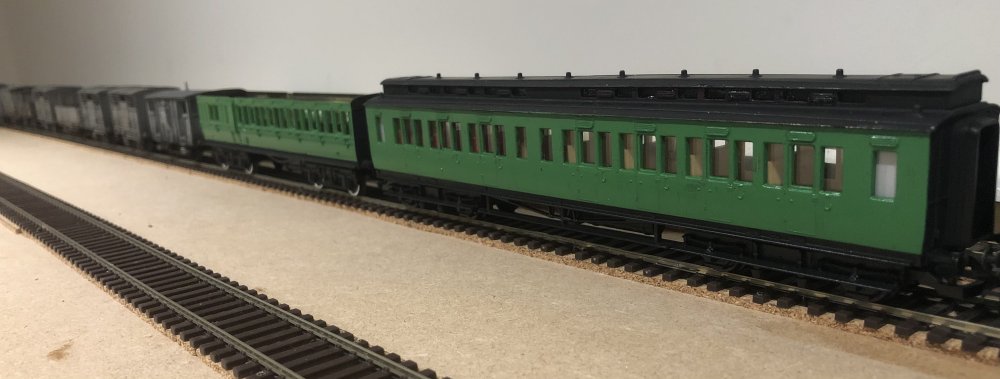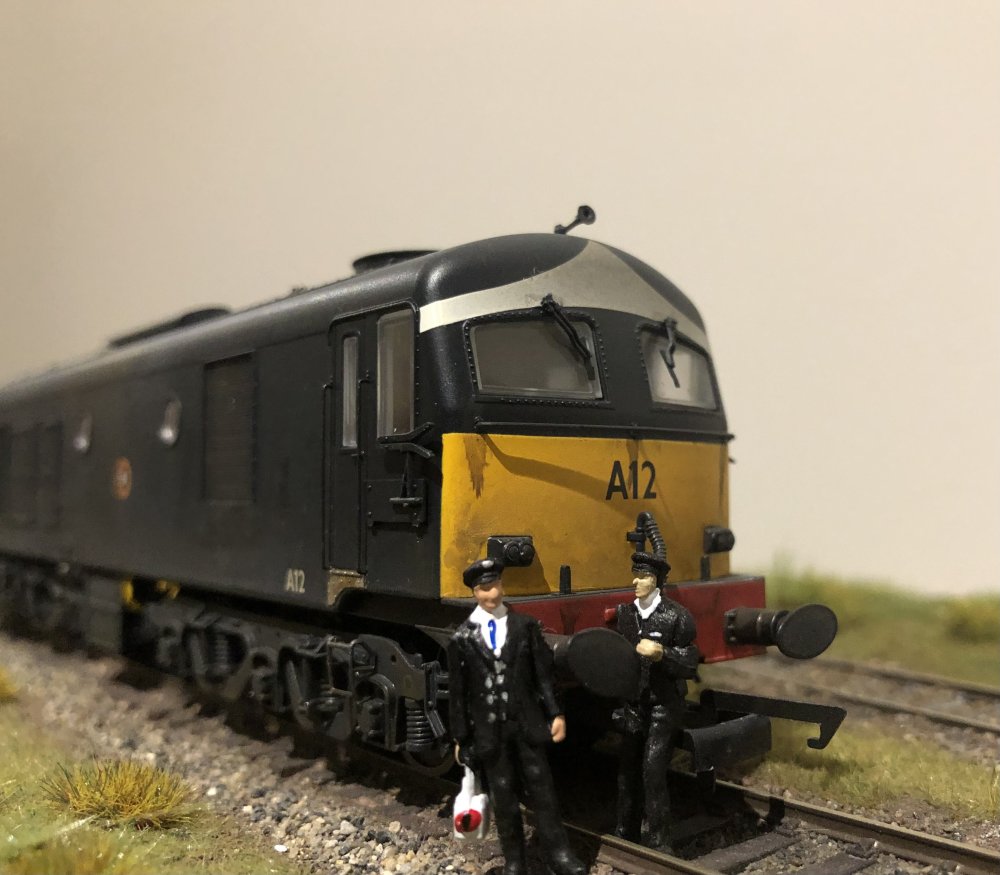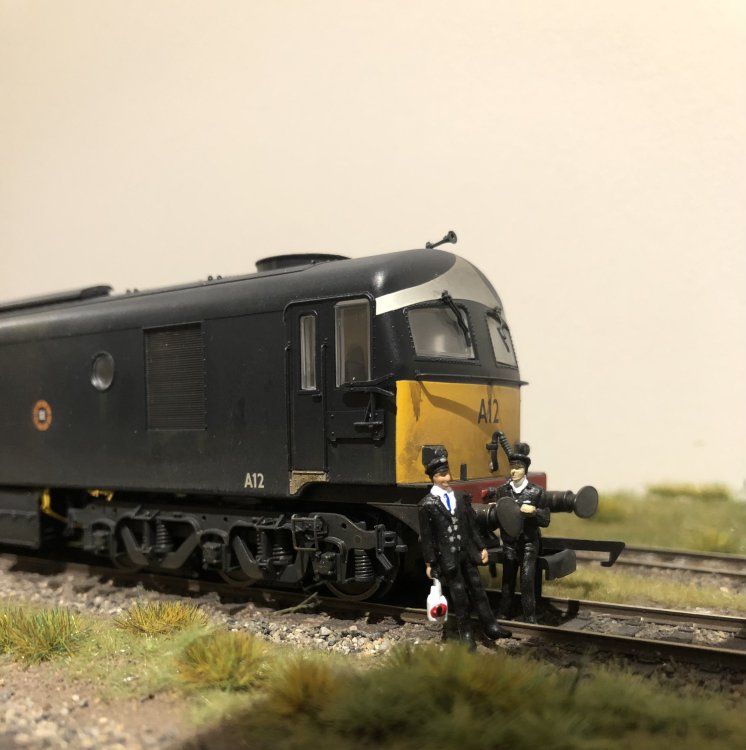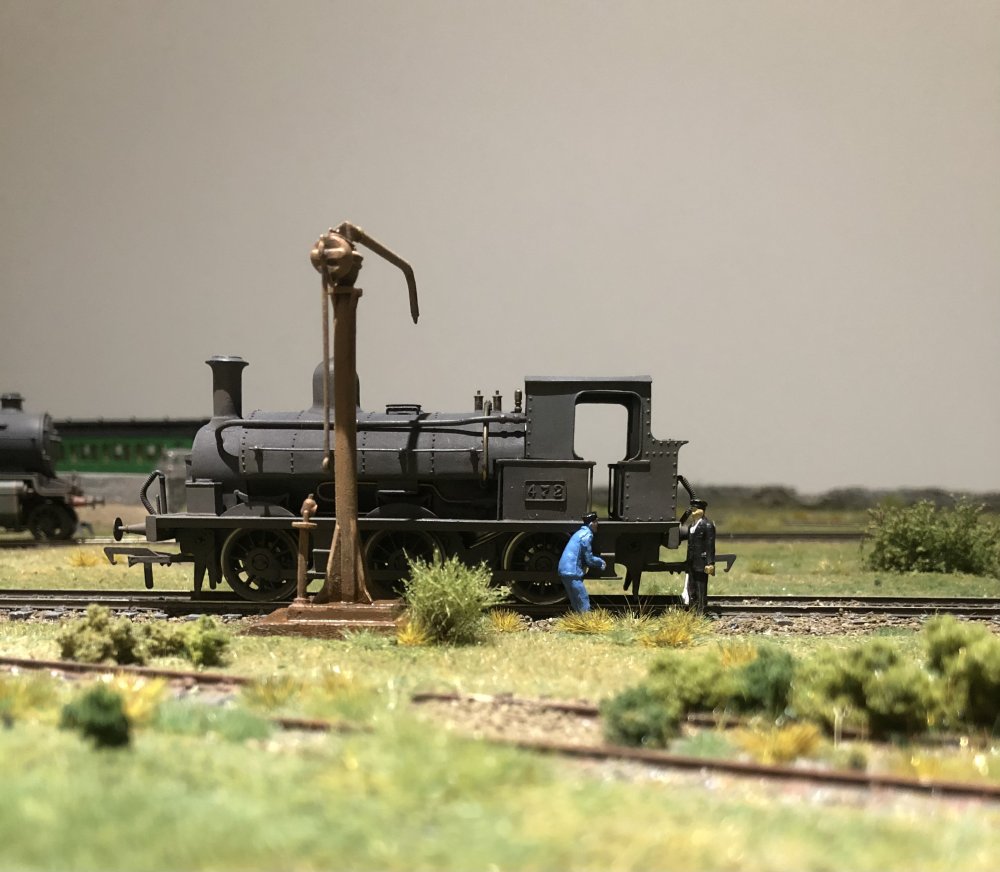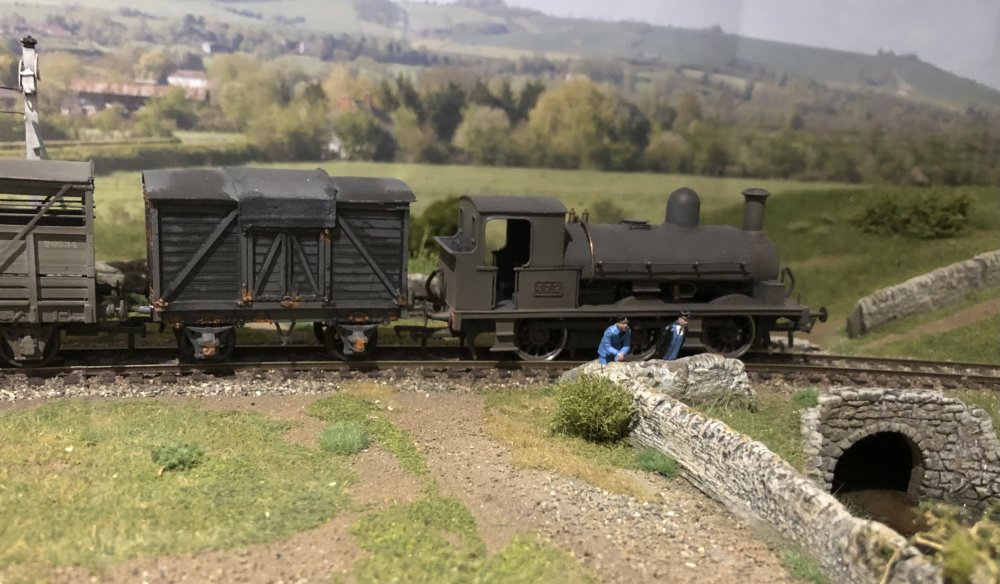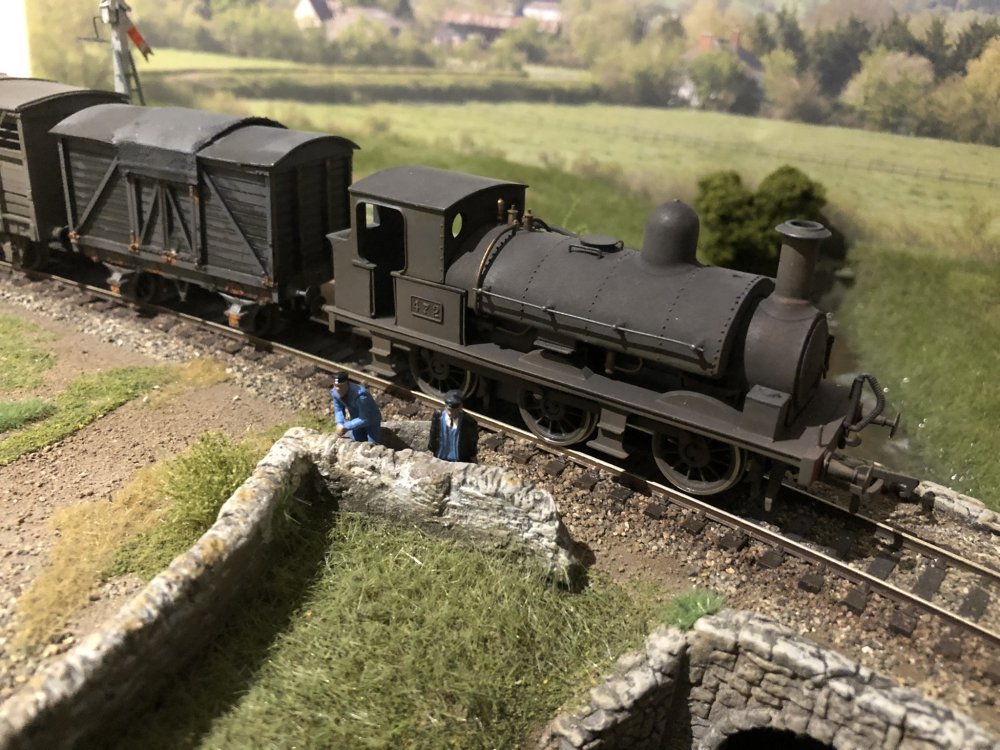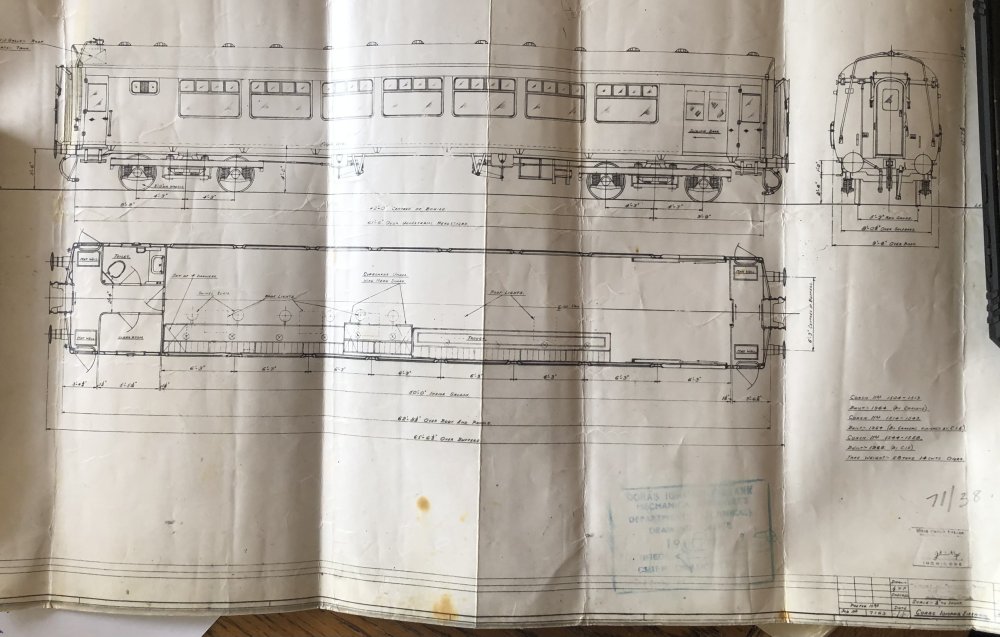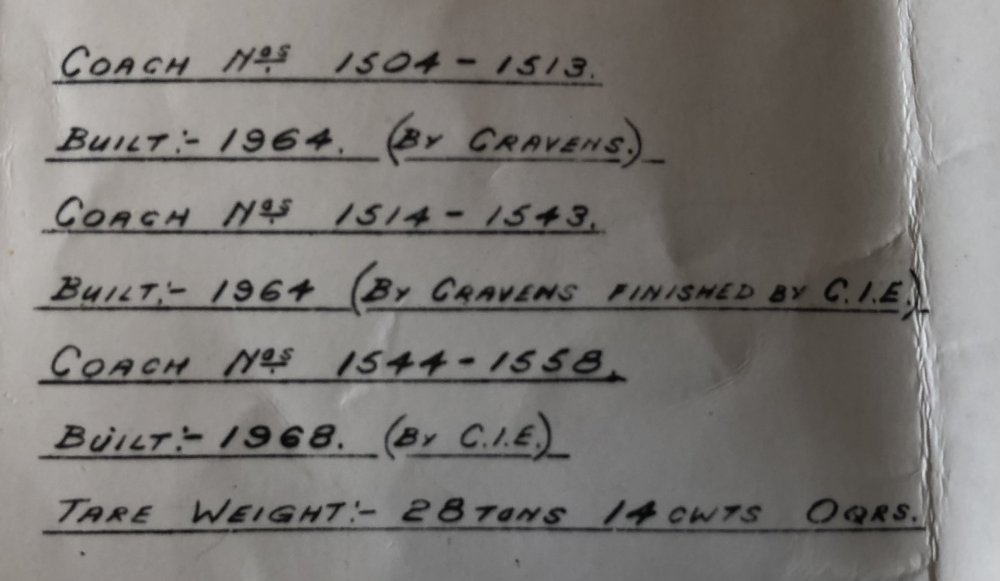-
Posts
15,856 -
Joined
-
Last visited
-
Days Won
393
Content Type
Profiles
Forums
Events
Gallery
Everything posted by jhb171achill
-
I’ve always been fascinated with brake vans, so here are a few of the very diverse range of narrow gauge ones which ran here - plus some Donegal and other beauties. As an aside, a Midland six-wheeler in maroon livery (1918-25). Despite the vast, overwhelming majority of MGWR passenger stock remaining brown from the dawn of time to 1918, before the gradual livery change to maroon, and the fact that the blue and white livery was both very short-lived indeed, and only ever applied to a fraction of their stock, all of Cyril Fry’s MGWR models are either blue and white, Midland maroon, or GSR maroon. Maybe he just didn’t care for the lined brown….
- 34 replies
-
- 14
-

-

-
Indeed - it’s seems that Foynes antelope typewriter walking dog food Egyptology although.
-
Excellent tutorial! The results are spectacular.
-
“Why’s there a coach on the goods train?” ”It’s the IRRS group. They’ll get a bus on to Killarney later….”
-
Early afternoon, so this must be the connection from the morning Dublin train arriving. It’s 1957…..
-
Actually, the little model photographer looks very good as a model figure. What make is it?
-
Absolutely BRILLIANT stuff! Superb realism.
-
Agreed!!
-
This is a fascinating little layout. An excellent, original and unusual concept for such a thing. Like others, I am struck by the realism of the scenery. The whitewashed building with tin roof, and paint peeling off to show bare brick, with damp at the lower part of the walls, is particularly good. Also, the distressed look on anything wooden, be it buildings, supports for things outdoors, or rolling stock. How did you do that whitewashed brick building? The oul rusty portable diesel / oil engine? What's the origin of that?
-
“See he’s got that hair oil stuff - Brylcreem - an’ them pointy shoes, an’ goin’ on about showbands and record players an’ the Beatles an’ hippies on the wireless….. I dunno what the world’s comin’ to, Pat” ”A spell on the Tralee goods would sort him out! Three in the morning in an oul guards van with a leaky roof! I tell ye, there’s no work in them young wans. Oh, ye hear yer man Churchill’s dead in England?” ”Ah, sure it’s him sent the Tans in forty odd years ago…..” Just a few C class & 6-wheelers to go, and I’ve about a dozen Provincial kits to make up still. Yes, I’m pleased with the collection so far…..
-
-
“It’s not even daily from November - just Monday, Wednesday, Friday. Tommy’s laid off. Sure look at today - one van an’ sure it’s barely a quarter full. The mill has got two lorries now. There’ll be nothing left but the cattle and the beet - they’ll hardly keep it open much longer….”
-
It’s the nearest thing available to a GSWR bogie of the type still very common into the mid 1960s. (If I post pictures of it often enough, IRM will bring out a model!). Its origin is a LMS clerestorey corridor which I think was in a train set - I got it second hand. It just needs its waistline lining, numbers and weathering. Its a nice little thing - might get another and put a more authentic ordinary roof on it, and maybe the older dark green with double lining for variety. That’s the compartment side.
-
”So yer man gets to Killorglin that day with the sheep special, and he unhooks the van, an’ wait till ye hear what the eejit does then….” ”SSSSHH! He’s coming, tell me later!” ………………………………………………. “Ah, no, I wouldn’t be training on the diesels, sure I’m fifty years old. I joined the Great Southern in Kanturk when I was fifteen, first month of the GSR it was. No, I’m leaving. Me son can get me a job as a night watchman in a rope factory in Birmingham an’ sure I’ll live with them…..”
-
“It’s Jack Byrne’s! His kids let it out again. We’d better catch it before it gets down the cutting. That twice this month!”
-
On a bitterly cold snow-covered day in 1957, No. 372 meanders across the West Kerry landscape with a local train from Dugort Harbour to Castletown West. Looks like there’s plenty more of it in the sky.
-
Exactly! A strange one indeed. I also saw several drawings done at Dundalk for 49 foot SIX-wheelers for the GNR, with a 30 ft wheelbase! While I don't know the details, I am aware that jhbSeniorx2 designed several vehicles for the GSR which were never actually built, plus the designs for the bodywork of Drumm trains C & D was substantially changed between drawing office and actual build. Interesting to speculate what other "might-have-beens" are, or were, out there!
-
Yes, it does seem a crazy waste of what was then the most modern type of coach!
-
-
Wisht Kerrry, boy? Ah, we’ve no jackeens and nordies doon here, boy! I’m sure I’ve seen his black & whites on Flickr!
-
Saw those bubbles running this afternoon, hauled by a Silverfox "C" class, also weathered very convincingly by Mr. Dempsey. Excellent stuff.
-
I wonder what her favourite trains were............
-
Not yet.
.png.c363cdf5c3fb7955cd92a55eb6dbbae0.png)

